By Albert Mroz
The Volkswagen, or “People’s Car,” that so many millions have known for more than half a century had its genesis in Nazi Germany. Dr. Ferdinand Porsche, who designed the Volkswagen, had to share the concept with none other than Adolf Hitler. And though the Volkswagen may have first been intended for use as a civilian recreational vehicle, it was quickly transformed into three basic military iterations: the Kommandeurswagen (commander’s car), Kubelwagen (bucket car), and Schwimmwagen (amphibious car). The VW’s transformation into a military vehicle was a rapid metamorphosis over which Porsche had no control.
Evolution of the Kleinauto
The original concept for a German Kleinauto (small car) was in part a response to the phenomenal success of the Ford Model T. The German motorcycle company NSU decided to venture into the small-car business and hired Porsche to design such a car. The prototype was known as the Type 32 of 1932, and was only one of numerous prototypes before the actual Volkswagen went into series production. Porsche had considerable experience in automotive design. Born and educated in the Czech Republic, his mentor was Hans Ledwinka, designer of the early rear-engine air-cooled Tatra. Porsche believed in Ledwinka’s design. In 1900, at the age of 25, he showed his Lohner-Porsche-Electrochaise, powered by electric motors, causing a sensation at the Paris World’s Fair

In 1905, Porsche joined the Austro-Daimler Company and designed his first race car, the Prince-Heinrich-Wagen. Through racing-car design, Porsche realized early on the importance of aerodynamics, and this influenced most of his later automotive designs. Wind-resistance tests helped him create highly successful racing cars for Auto-Union. Before starting his own design firm in 1929, Porsche worked for Daimler-Benz, helping develop the famous SS, SSK, and other Mercedes models.
When Hitler took power, Porsche announced his concept of a small, inexpensive car at the 1933 Berlin Auto Show. At the show, Hitler promised to transform Germany into a truly motorized nation. Porsche and Hitler met in May 1934 to discuss plans for the “People’s Car.” Porsche outlined the specs he had in mind. The car would have a one-liter displacement air-cooled motor, producing approximately 25-brake horsepower at 3,500 RPM, weigh less than 1,500 pounds, with four-wheel independent suspension to reach a top speed of 100 kilometers per hour. Hitler added specs according to his own vision: the car was to be a four-seater, get 100 kilometers per seven liters of gasoline, and maintain 100 kilometers per hour. Porsche proposed that the car be priced at around 1,550 marks ($620 at 1934 exchange rate).
Hitler limited the price of the Volkswagen to 900 marks and gave Porsche only 10 months to build a prototype. Beating out other proposals, Porsche and his design team began building three prototypes in a garage at his home near Stuttgart. Hitler monitored the progress impatiently, then found out that Porsche was a Czech citizen. Dismayed, he quickly rectified the political problem by formally converting Porsche’s citizenship.
The First Volkswagen Prototypes
The three prototypes, finished in 23 months, were successful from the beginning, once the front torsion bar suspension was “debugged” to make the twisting bars stronger and more flexible. Porsche, with his design team, which included his son Ferry, visited the United States to observe how Ford, Chevrolet, and Oldsmobile were mass-producing their cars. Hitler encouraged Porsche to go on the transatlantic journey, thinking that he would be well received by Henry Ford. During his earlier imprisonment, Hitler had read Ford’s biography while writing his own Mein Kampf, and he believed he knew where Ford’s sympathies lay.

The road tests of the VW prototypes began in October 1936. At first, different motor designs were tried out, including a two-cycle and two-cylinder version, until Porsche settled on the “boxer” four-cylinder, four-stroke design. The essence of the boxer design was that all cylinders were arranged in a flat bank with all crank arms in one plane. The fan-assisted, air-cooled design was virtually immune from both overheating and freezing, unlike liquid-cooled engines. Simplicity and accessibility to various components was another advantage. The chassis and suspension of the Volkswagen used a basically flat platform with a central tube backbone that held the shift linkage and hand brake cable. The VW’s suspension consisted of crank-link front and swing rear axles, with the wheels suspended individually. Instead of the usual leaf or coil springs, the VW used torsion bars, a revolutionary concept at the time.
The relative success of the three VW prototypes was a minor achievement in comparison to the goal of mass-producing such cars by the millions. Hitler, vowing to out-produce Ford in the United States, became agitated over what he called the industry’s procrastination. On February 28, 1937, he warned during a speech that if private industry could not built such a car, it would no longer remain private industry. These histrionics foreshadowed what would face the Volkswagen company within a short time.
The Politics Behind the “People’s Car”
At the 1937 Berlin Auto Show, Hitler visited the exhibit where the latest automotive achievements were on display, among them the small Opel P-4, which was selling for 1,450 marks. Hitler listened to Adam Opel explain that this was his version of the Volkswagen, upon which the Führer stormed off angrily, warning that no private companies would be allowed to enter the small-car market on a competitive basis. Volkswagen was to be Hitler’s offspring, and nobody except Porsche and his team were to have a hand in its cultivation. Hitler was using the “People’s Car” to utmost political advantage. The Nazi brass formed a new company called Gesellschaft zur Vorbereitung des Volkswagens, funded by the German Labor Front. Now Porsche, his hands no longer tied financially, threw himself into the project like the dedicated engineer and businessman he was. A small factory was set up in Zuffenhausen, near Stuttgart, and 30 more prototypes were produced. Soon another 38 were built. Since few people in Europe fully understood the industrial science of automobile mass production on the scale that Hitler wanted, Porsche and his team returned to the United States to recruit engineers and executives and buy more equipment.

At the same time, the German Labor Front devised a scheme by which workers could buy a Volkswagen in advance. Through the Kraft durch Freude (Strength through Joy) organization, which sponsored all sport, travel, recreation, and leisure activities for industry workers, money was collected on a layaway basis. By the time World War II began when Germany invaded Poland on September 1, 1939, a total of 210 KdF Volkswagen sedans had been built. Only two prototype units were military versions. The rest of the KdF sedans were allocated to military officers as personal cars. Hitler was given the very first convertible Beetle built in 1938. Photographs of the vehicle were published in Der Adler.
Militarizing the Volkswagen
The Kubelwagen (Bucket Car) idea stemmed from a meeting on January 17, 1938, between the SS-Fahrbereitschaft VW director, the director of Heereswaffenamt (Army Weapons Office), and other HWA officials. The purpose of the meeting was to see how the KdF Volkswagen could be turned into a military vehicle. Another meeting nine days later gave the Porsche company free reign as to how to achieve such a design. It was not until the beginning of November 1938 that the first Kubelwagen was shown. The initial rear-wheel-drive prototype was called the Type 62 and was compared to the standard HWA four-wheel-drive, four-wheel-steer military personnel car. The new design was met with approval, excepting the sheet metal, which was deemed too “civilian-looking.” Further tests were also favorable, and the body was redesigned. Compared with the KdF sedan, larger tires were used, the rear track was widened, and ground clearance was increased.
Aside from the redesign of the sheet metal, one of the first military requirements for the Kubelwagen was that it would be able to run in first gear at 2.5 mph, the walking speed of a German soldier with backpack. The standard KdF-wagen’s first-gear cruising speed was twice that—about 8 kph or 5 mph. At first a lower transaxle gear ratio was used, but this was still insufficient, so another alternative was adopted. By using a reduction gear at the end of each swing axle, the right speed was achieved. It also created more torque and provided a higher ground clearance for the VW “stand-alone” chassis, which would become a versatile platform for a variety of applications. Later, this reduction gear was used in VW buses and vans.

The Porsche team reluctantly redesigned the VW for its new military roles without having to redesign the drive-train, except for increasing engine displacement to 1.13 liters, which obtained 24.5 bhp. When an advisory contract with Daimler-Benz expired in 1940, the Porsche Company was recommended to the HWA to go into tank design, and Porsche would soon find himself as head of the Panzer Commission. At the same time, the Führer pushed for the military adaptation of the VW. Off-road capabilities were improved with the Type 82 Kubelwagen, which incorporated the crown-wheel- and-pinion gear reduction. Larger off-road tires were used and ground clearance was increased once more. The two Kubelwagen prototypes had bodies built by Ambi-Budd in Berlin in December 1939. Upon its acceptance as an official military vehicle, the Kubelwagen received the official designation of Le PKW-K1 Type 82.
The Volkswagen’s Wartime Evolutions
The giant Wolfsburg factory, with its newly built “Strength Through Joy Town,” was converted in 1940 to build war materiél. Large areas were turned into repair shops for the Junkers Ju88 bombers. Also, large quantities of mines were to be produced, as well as BMW aircraft engines. Toward the end of the war, V-1 bomb rockets were also assembled there. Manufacture of the “war contingency alternative” to the People’s Car, the Kubelwagen, the Porsche version of the German Jeep, also got under way. This design was completely independent of the four-wheel-drive vehicle that the German Heereswaffenamt had built, which was much more expensive than the Kubelwagen. In January 1940, another version of the KdF, the 4×4 Type 86, was put through comparative testing at Eisenach. However, only two prototype vehicles of the Type 86 were ever built. The 4×4 continued as the Type 87.
As the Kubelwagen was being developed, on July 1, 1940, the Porsche Company was given a contract to build three variations of amphibious cross-country vehicle prototypes for the sum of 200,000 marks. The result, called the Schwimmwagen, was designated Type 128. The first prototype was based on a Type 82 Kubelwagen that had its doors welded shut. The entire body was sealed water-tight, and a propeller that folded down to engage with a shaft extension from the engine crank moved the Schwimmwagen through the water. The Type 128 used the same 1.13-liter engine as in other military versions. It was capable of 10 kph in calm water, and calm water was imperative because the all-in-one design was heavy enough to be easily swamped by the smallest of wakes or waves.

Because of the Nazi hierarchy’s lack of rapid decision making, production of the Kubelwagen was at an impasse until early 1940, when other comparison road tests proved the Kubelwagen to be superior to the HWA vehicle in many ways and cheaper to build. More than a year after the war started, production of the Kubelwagen finally ensued. The VW sedan with four-wheel-drive was called the Type 87. Running gear of the Type 87 was used for the Schwimmwagen Type 128 and Type 166. All VW 4x4s used the Kubelwagen chassis and 1131-cc engine.
In early December 1940, the Waffen-SS and the Porsche team conferred. The military wanted a small armored car, and on December 22 a contract was awarded. By January 14, 1941, the contract for the Type 823 armored Kubelwagen was amended to eliminate the armor and create another version called the Type 821, which was to be a radio car. Another version, an ambulance, was called the Type 822. Mockup prototypes of each were built in 1941.
Two other iterations based on the Type 82 Kubelwagen were an intelligence car and a repair car. In addition, there were also versions with rail wheels and other special equipment, but these were built as one-off or in very small numbers. The VW platform was proving itself to be efficient, inexpensive, and, above all, extremely versatile. It was particularly well suited for off-road desert conditions, and approximately half of the vehicles produced were used very effectively by General Erwin Rommel’s Afrika Korps. The “tropical” version included Kronprinz balloon tires without longitudinal treads to trap sand and soil, special air filters as well as a second fuel tank, intended for drinking water but used for gasoline to double the range in areas where refueling was a drastic problem.
In the desert, the VWs far out-performed heavier Allied vehicles as water-cooled engines overheated and trucks bogged down in the sand. The VW was amazingly effective in North Africa, and decades later this capability was proven again in the form of the “dune buggy” and “baja bug” used in professional racing under similarly harsh desert conditions. With partially deflated rear tires, the traction of the quick, rear-engine vehicles was impressive in off-road conditions of all kinds, including the snow and ice encountered during the invasion of Russia. In freezing temperatures the air-cooled engines performed even better. The problem was there were just too few of the vehicles.

From 1940 to 1943, a total of 630 KdF sedans were also built with the designation Type 60 at Wolfsburg. These had a “civilian” (i.e., pre-Kubelwagen) chassis and used the slightly smaller 986-cc engine. An ambulance version was designated Type 67. One-off versions included a pickup truck and delivery truck. Also built were 564 Type 87 sedans, the latter with the 4×4 Kubelwagen chassis. Other one-off variations included a box van (Type 81) and open truck (Type 825).
The Type 82E Beetle, like the Type 82 Kubelwagen, had the additional gear reducers in each rear wheel and used larger 5.25×16 off-road tires. These Beetles were delivered in matte black, to be painted by the Wehrmacht with tan or camouflage colors. Delivered to the SS, these were called Type 92SS and included such items as rifle racks in the rear interior, a bracket-held submachine gun in the right front interior, slide-out desk from the glove compartment, and first aid kit.
At about the same time as the Waffen-SS group ordered Kubelwagens, the HWA ordered 100 Type 128 Schwimmwagens. These were thoroughly tested and the Porsche firm was given an extensive contract to build the amphibious off-road vehicles. Another version of the Schwimmwagen, the Type 138, was dropped, but the Type 166 and Type 177 were slated for manufacture. The latter designation was to have a five-speed transaxle, which never went into production. By the end of the war, 14,276 Schwimmwagens were built, almost all assembled at the Wolfsburg factory with bodies supplied by Ambi-Budd from Berlin. Sixty-six percent of all the Schwimmwagens were the Type 166, which was smaller and lighter than the Type 128. Most of them were supplied to Waffen-SS divisions after the Type 166 went into production in 1942. Officers of advance units used them to move across country, ford rivers, and carry out reconnaissance by water, but many officers used them as platforms for duck shooting.

An Expedition of VWs to Afghanistan
One of the more unusual theaters of operation for the VW during World War II was in the service of the Office of Colonial Policies. This German military section sent Type 82 E VWs and a Kubelwagen, along with a supply truck, on a trip to Afghanistan in June 1942. The vehicles were specially prepared for the trip. They were finished in high-gloss light paint and had chrome bumpers and door handles, ostensibly for protection against sand storms and oxidation. They also had auxiliary air vents in front of the windshield for ventilation, as well as extra louvers in the bulkhead between interior and engine for better cooling. Special air filters and off-road tires were also part of the equipment. The Office of Colonial Policies wanted to equip civil administrations with these types of vehicles.
Starting out in Berlin, the column drove through Dresden, Prague, Vienna, Budapest, Bucharest, and Constanza on the Black Sea. They were then loaded on a Romanian freighter. After a sea voyage from Istanbul to Trabzon, the vehicles reached Teheran and then were driven to the Afghanistan border. Foreign Minister Joachim von Ribbentrop insisted that the Afghan government collaborate with Germany to battle British forces on the Eastern Mediterranean and in India. When Iran, on the side of Germany, was occupied by British and Russian troops, the order was given to destroy the VWs so that they would not fall into Allied hands.
The Kettenlaufwerk
Yet another metamorphosis of the VW took the form of a half-track. The Porsche firm embarked on building VW-derived “People’s Tractors,” with this series culminating with the Type 151-1 half-track. It was also called the Kettenlaufwerk and was used successfully in small numbers both by the Afrika Korps and in Russia. Again using the VW platform, the Type 151-1 had three drive wheels of equal diameter on each side that powered the caterpillar tracks. Front wheels were of standard disc type used only for steering, as on nearly all half-tracks. It was used as a personnel carrier and tow tractor.

The Post-War VW
The Wolfsburg factory was heavily damaged by Allied bombing, but from May 1945 to the end of 1946, limited production continued with left-over parts. According to British military sources, during this time at least 1,785 VW Beetles were built, 977 with the KdF Beetle body and Kubelwagen chassis. Left-over Kubelwagens were also assembled when the factory was rebuilt under British Major Ivan Hirst. There were at least 10 variations of the Beetle with new designations and at least four for the Kubelwagen. The Ambi-Budd Berlin factory, now located in the Russian sector (soon to become part of East Germany) where Schwimmwagen and Kubelwagen bodies were pressed, was destroyed, so no additional vehicles with these bodies were assembled after 1946. In 1947, civilian VW Beetle production resumed. It was essentially the same Type 60 of prewar configuration.
At war’s end, Ferdinand Porsche was arrested by the French military and accused of war crimes. However, he was found to be not personally responsible for the use of slave labor, and through the efforts of his family he was released. He and his son subsequently finished development of the Porsche sports car, which had first been built as a prototype before the war. The first 50 units were built in Austria in 1948, after which time Porsche’s Stuttgart factory began building the Porsche 356 in 1950.
The VW Kubelwagen of WWII was resurrected in the late 1960s and early 1970s in the form of the VW “Thing,” designated the Kubel 181. It was first developed for the German military and used by the Technische Hilfswerke, postal system, fire departments, and border patrol, gaining a modicum of popularity in the United States with assembly at the VW Puebla factory near Mexico City.
Although VWs in military guise were built in relatively small numbers, they had a noticeable impact during World War II, proving the versatility of the original design. Due to the politics of the day, the VW was underutilized and never achieved the universal acceptance of the American jeep. Once the war was over, though, the civilian, rear-engine, air-cooled VW was a great success for another half-century, assembled and exported around the world.
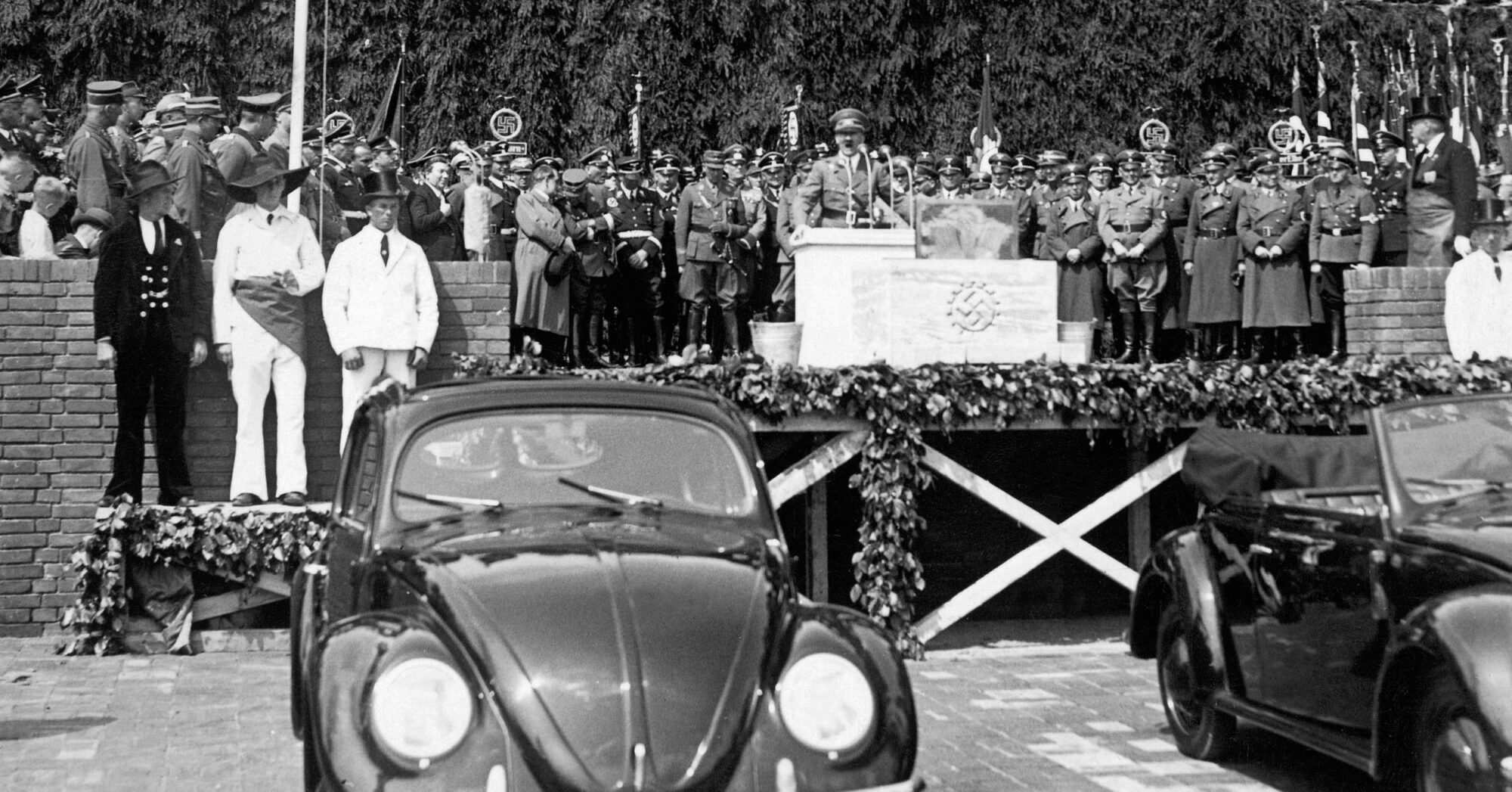
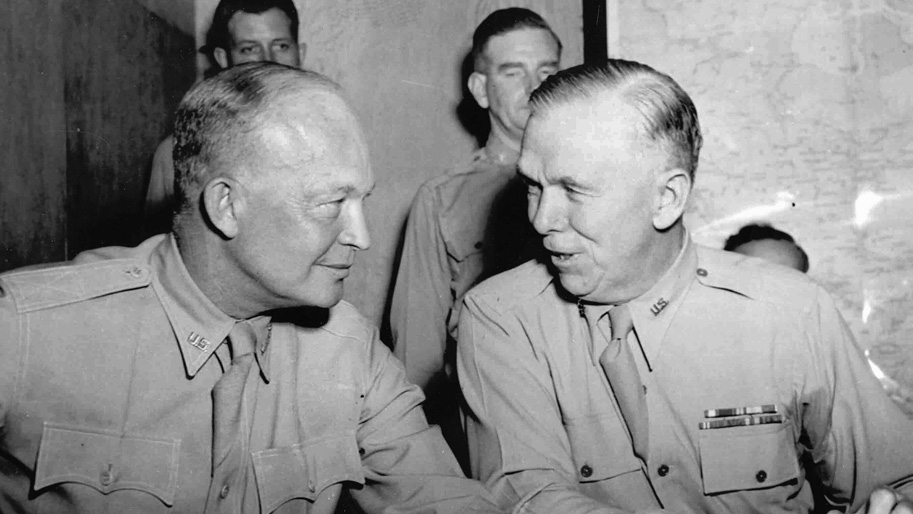
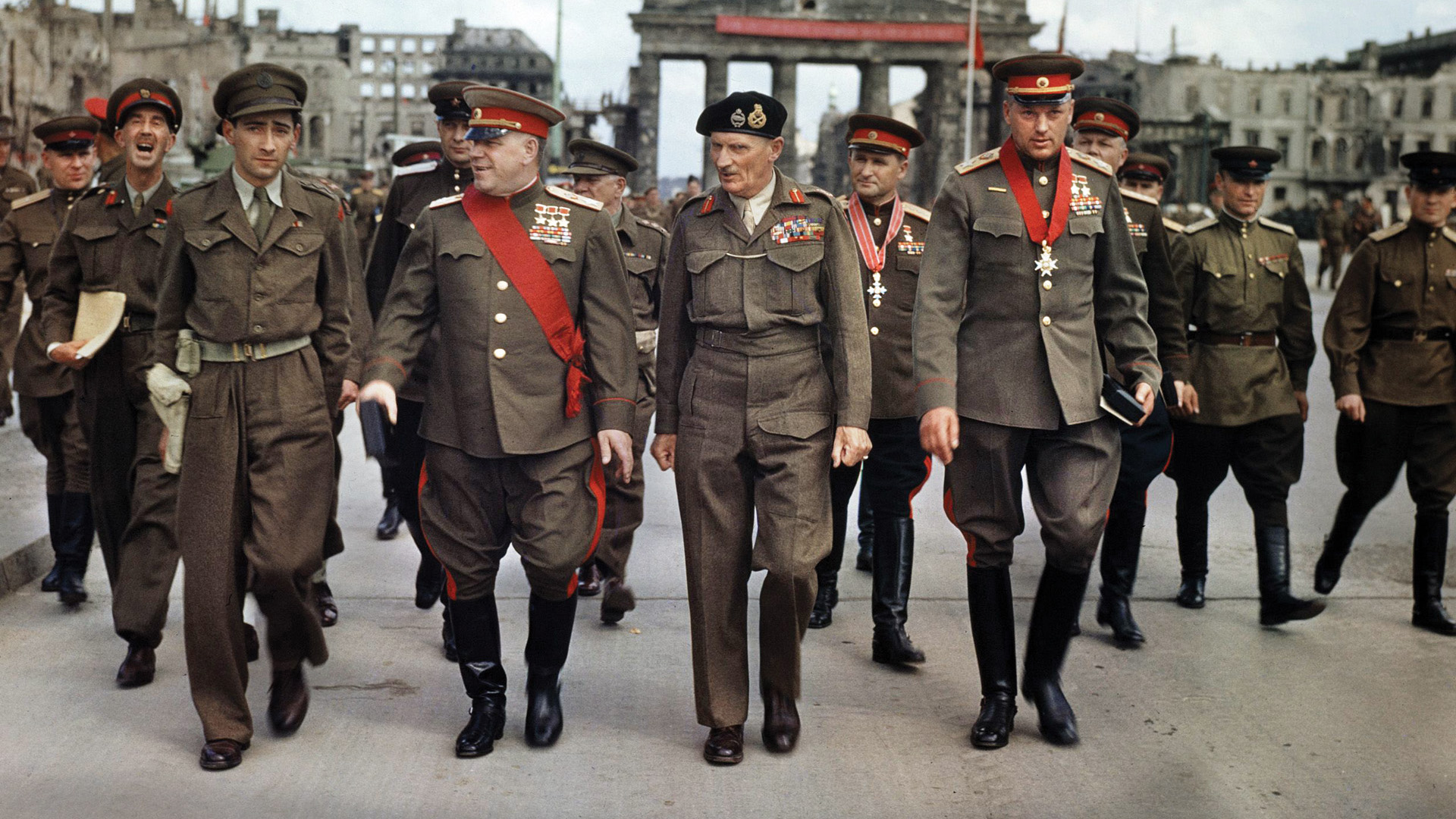
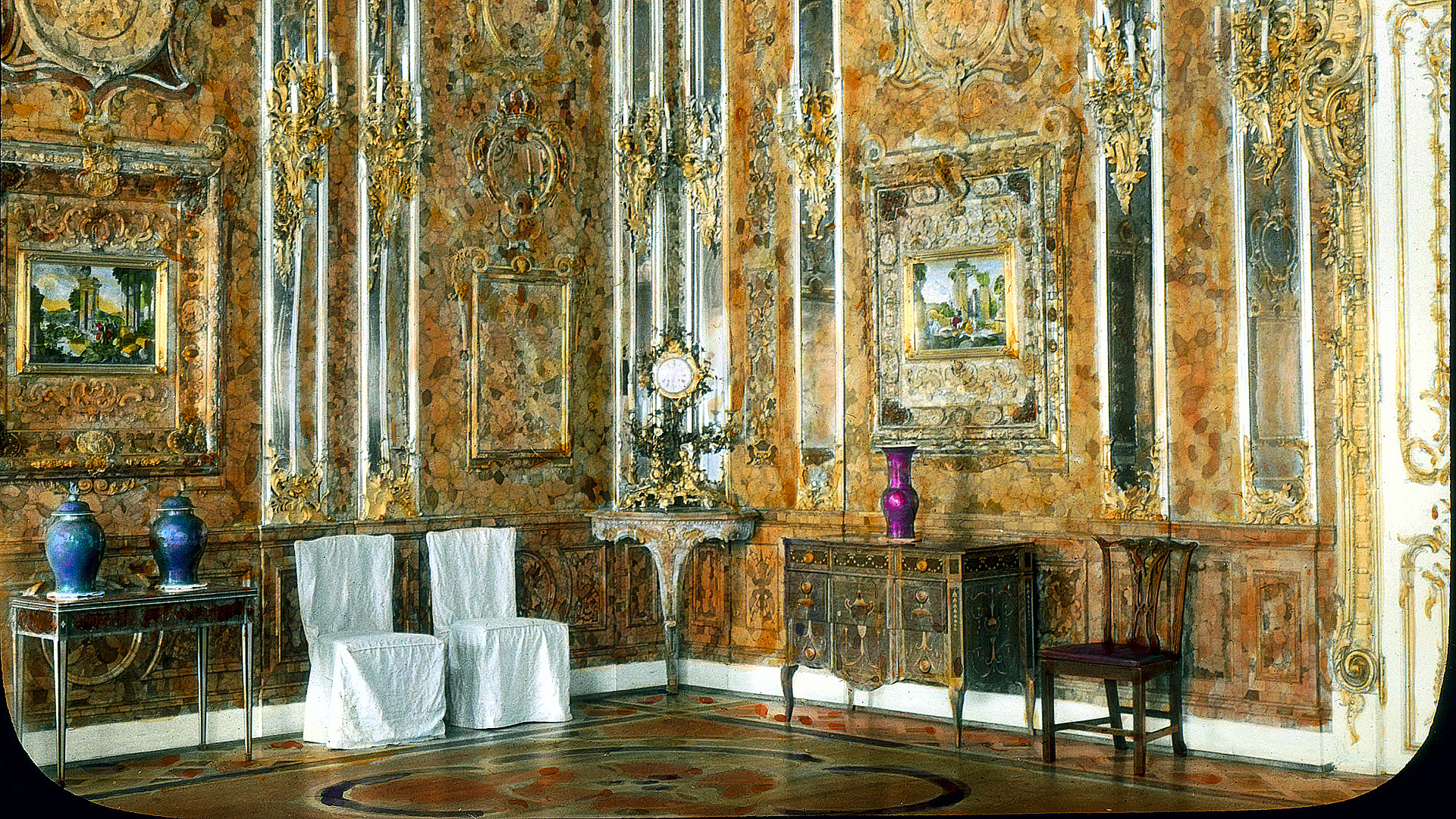
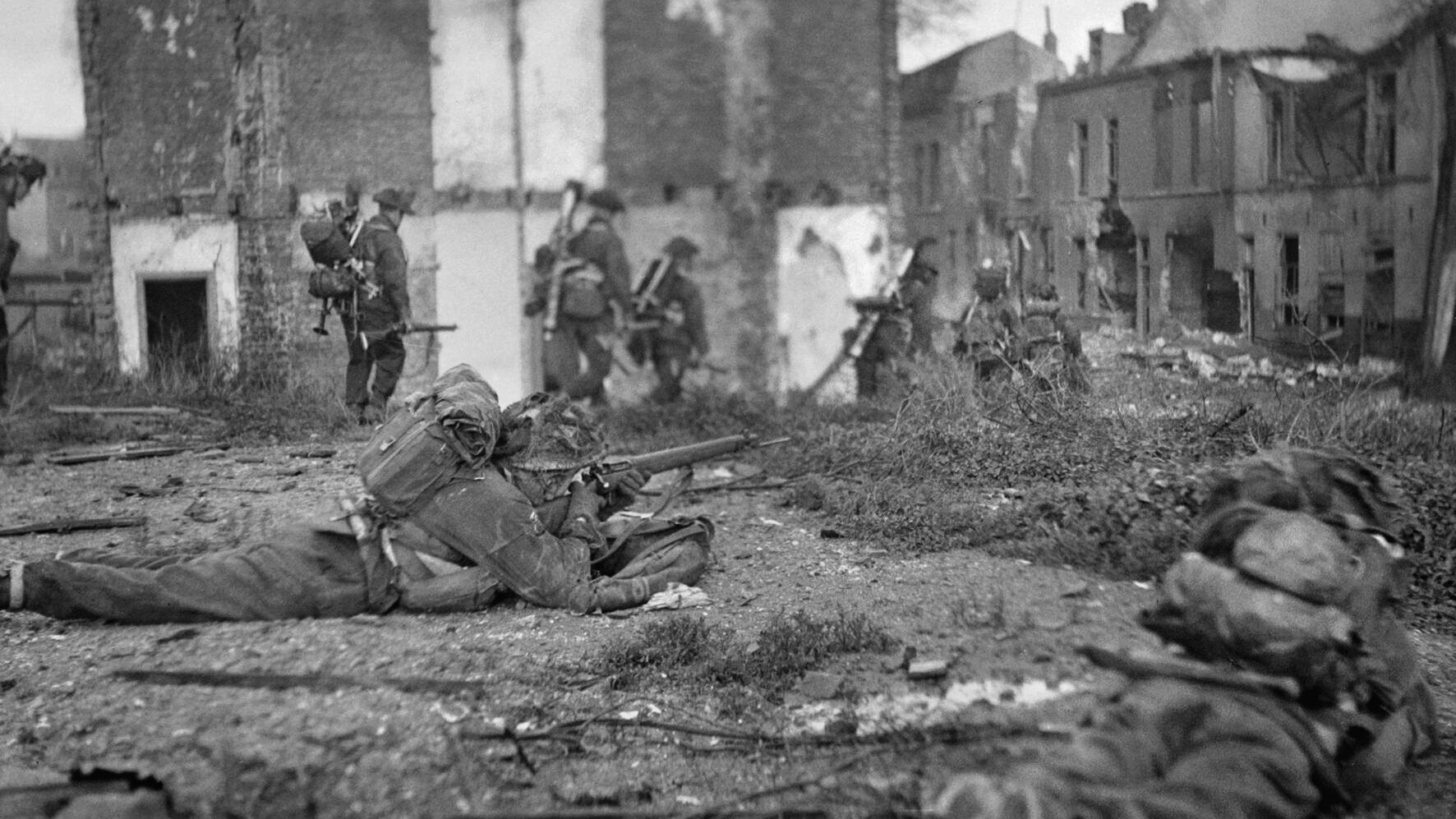
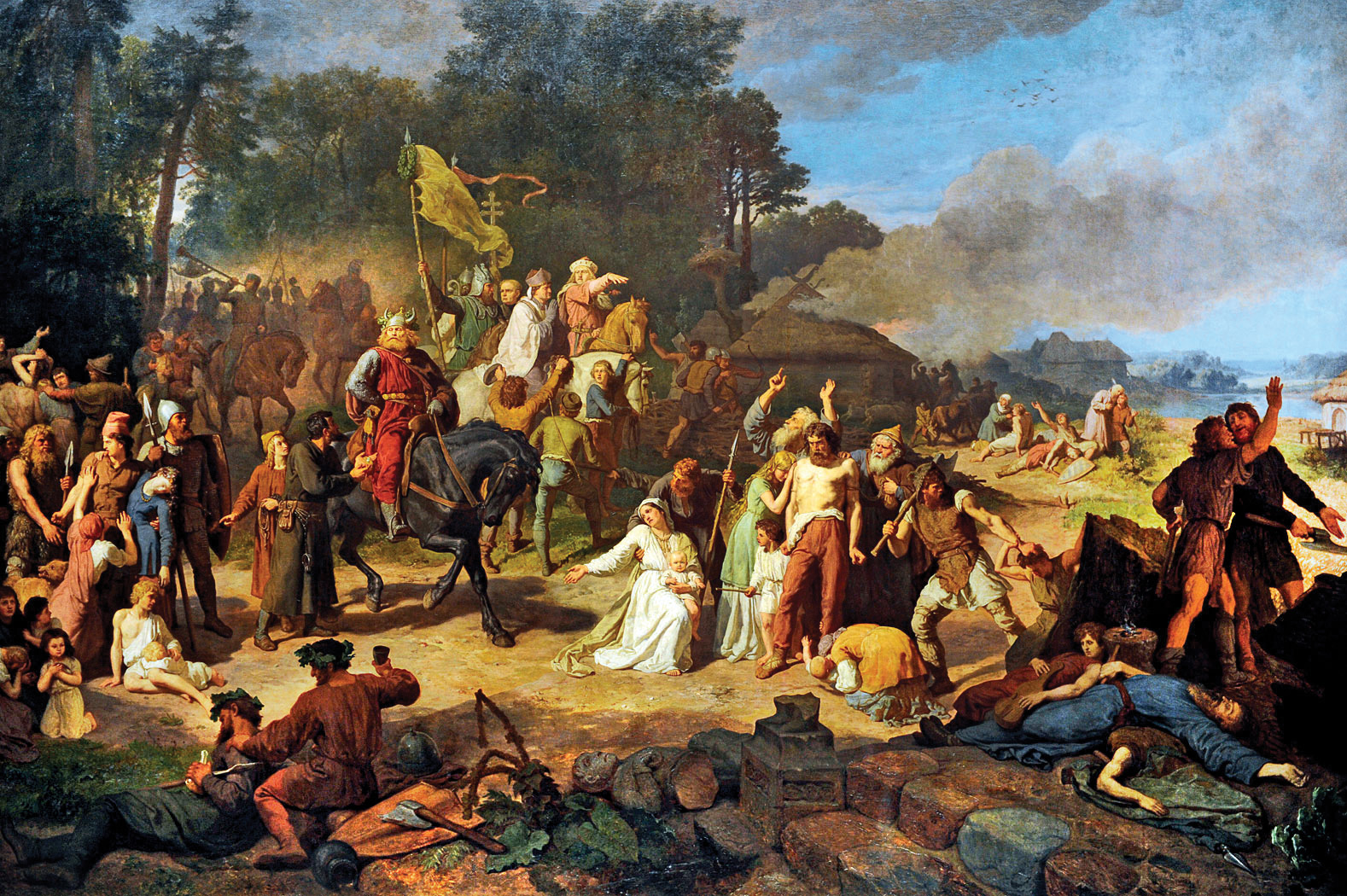
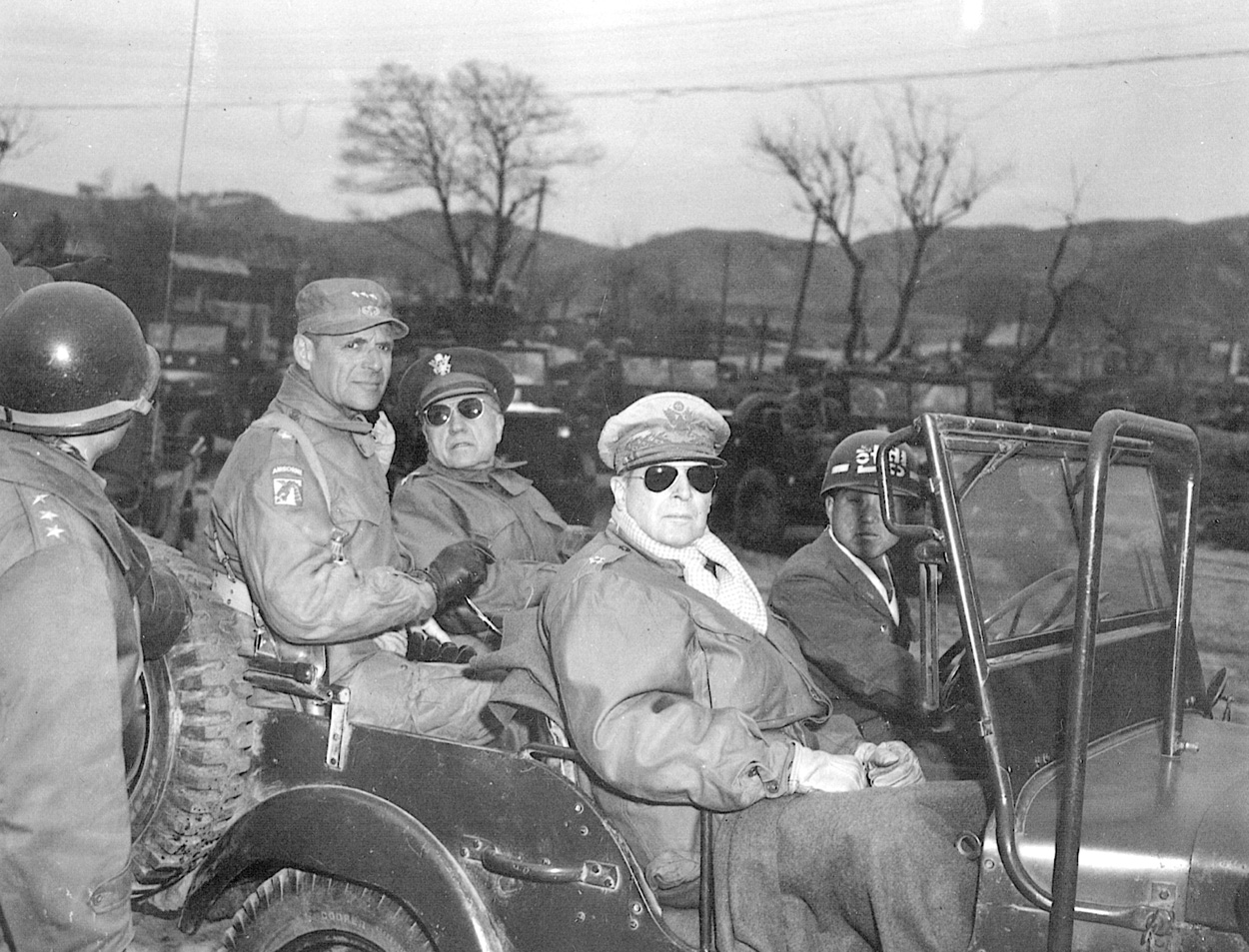
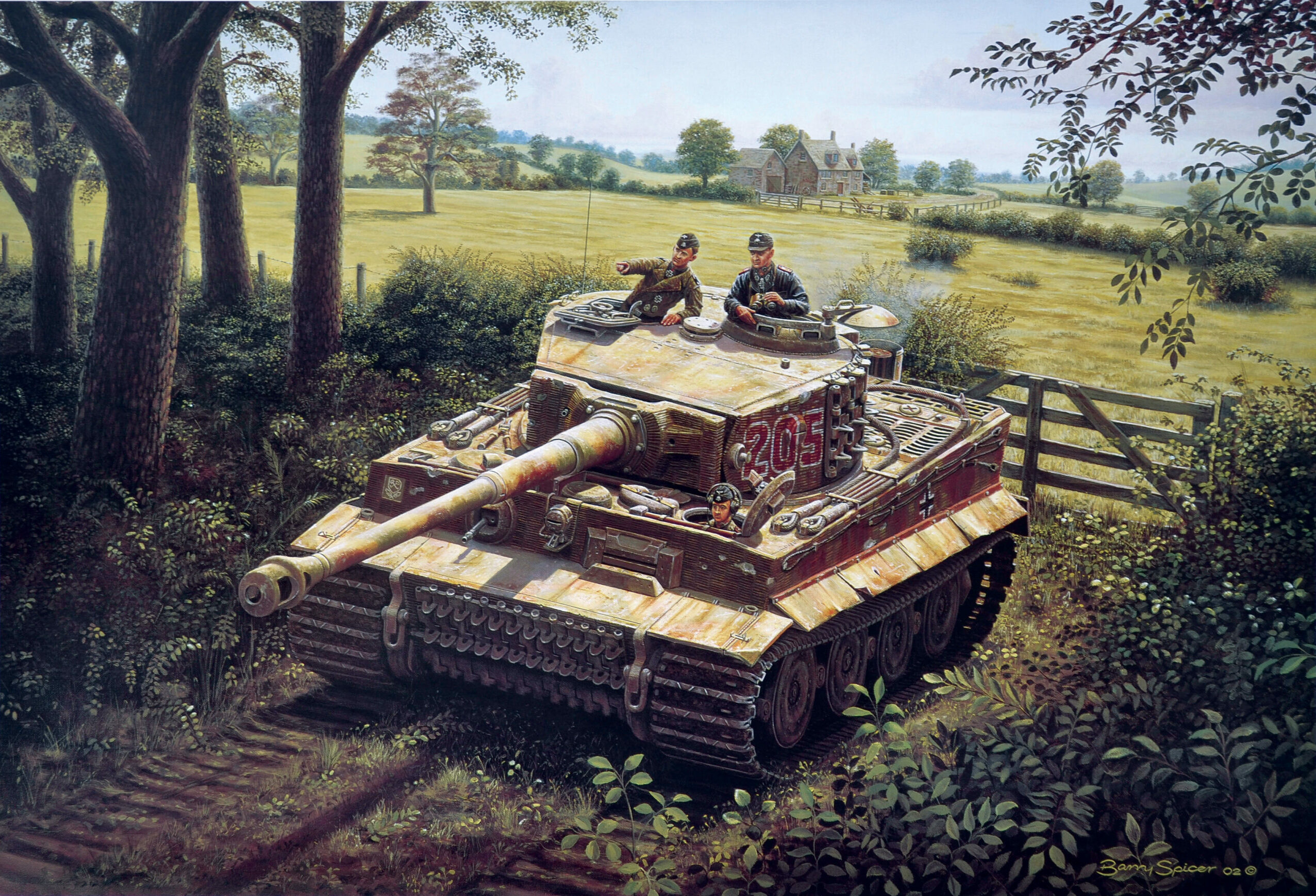
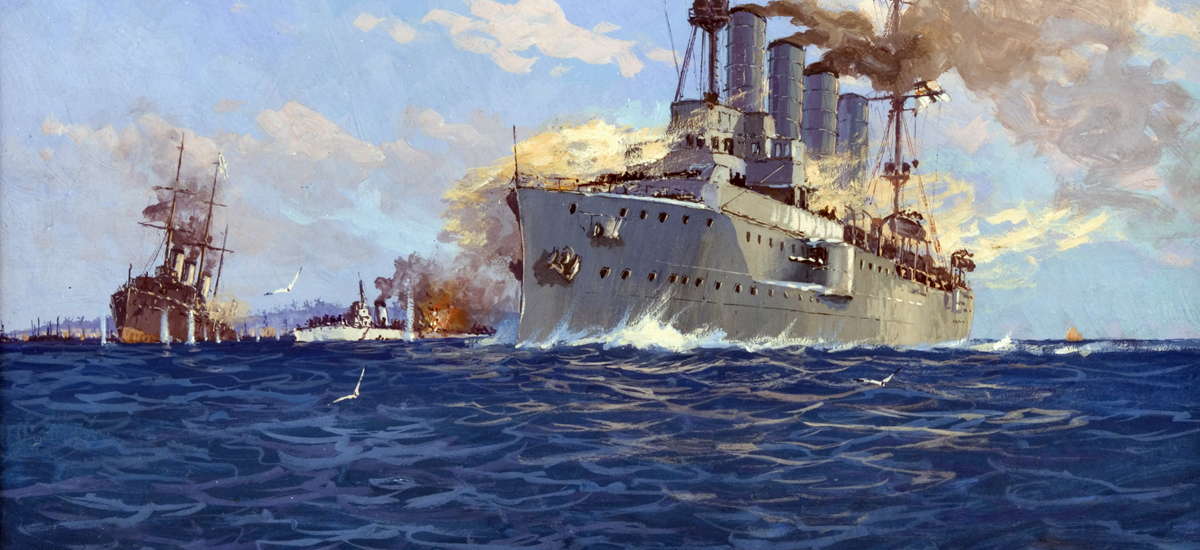
Join The Conversation
Comments
View All Comments